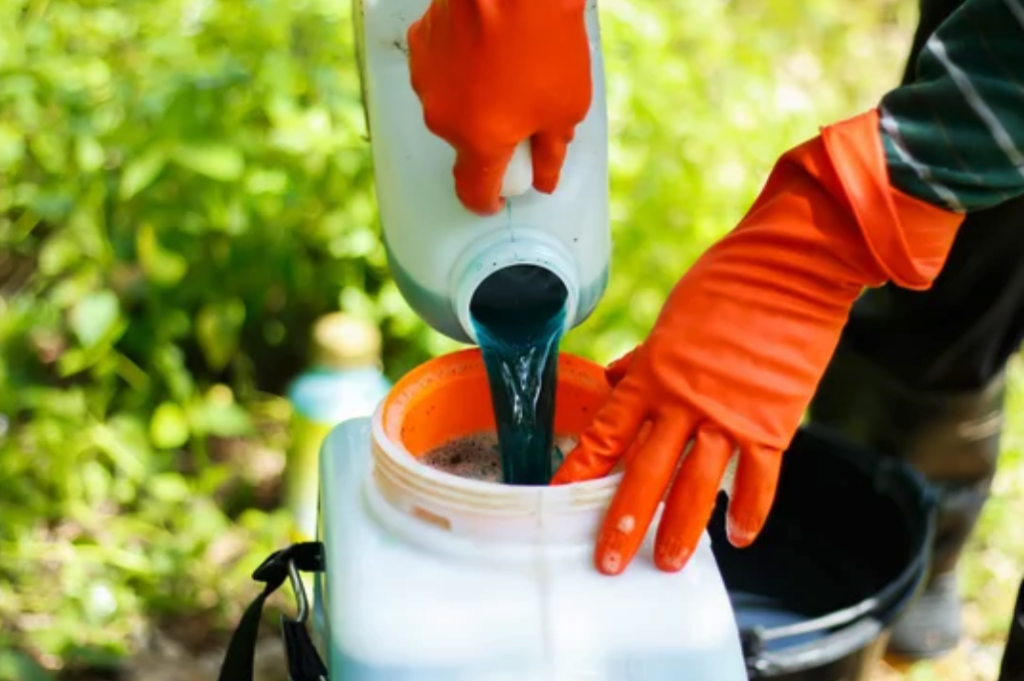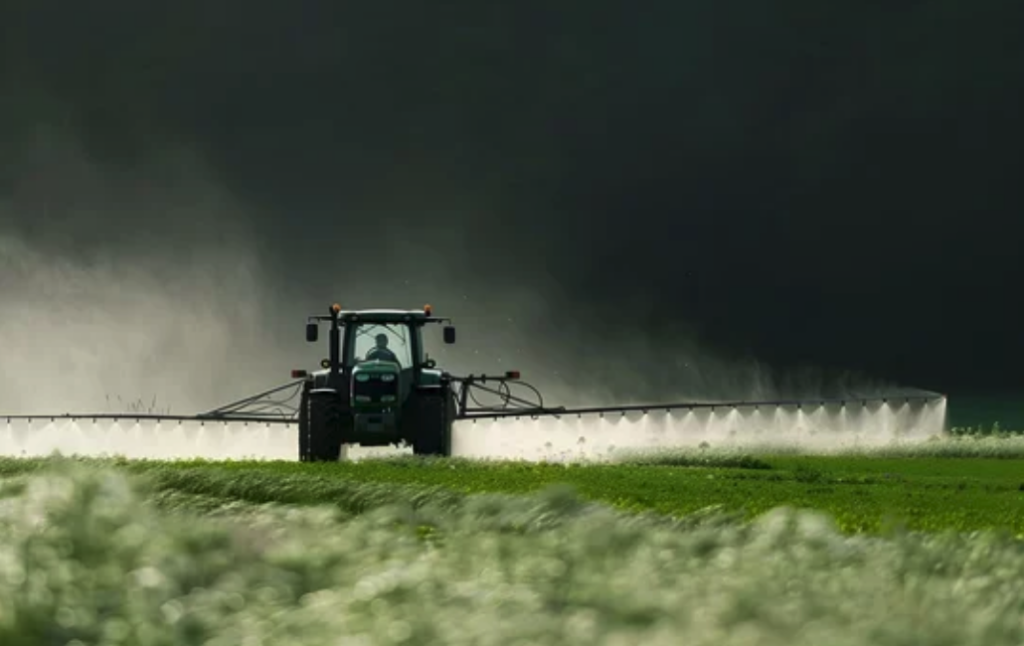Navigating China’s Regulatory Landscape for Crop Protection in 2025
Scroll Down to Read
By Dr Piyatida (Tung) Pukclai

China’s agricultural sector is at a pivotal moment, driven by the nation’s determination to achieve sustainability, food safety, and environmental conservation. Regulatory changes for crop protection are reshaping the industry, reflecting the government’s emphasis on modernization and green innovation.
However, these shifts bring both opportunities and challenges for stakeholders. Businesses operating in this space must navigate a complex, dynamic landscape to remain competitive and compliant.
This article delves into the latest regulatory updates for crop protection and discusses how companies can proactively address challenges to thrive in this evolving environment.
Increased Regulation
China’s pesticide regulatory framework has undergone significant enhancements in recent years, aligning with global trends to reduce dependency on chemicals and promote eco-friendly solutions. These changes reflect the government’s broader goals of ensuring agricultural sustainability, safeguarding public health, and protecting the environment.

One of the most impactful developments is the strengthening of pesticide use management and policy. New measures require strict adherence to protocols across the entire lifecycle of pesticides, from registration and production to distribution and use.
For instance, the zero-growth pesticide action has been instrumental in reducing chemical usage while encouraging the adoption of green pest control technologies and low-toxicity, low-residue alternatives. These policies mandate detailed pesticide usage records and prohibit the use of highly toxic chemicals in sensitive crops like vegetables, tea, and fruits.
Furthermore, the government has introduced measures to ensure accountability among pesticide operators. Producers and distributors are required to source their products through legal channels and maintain comprehensive purchase and sales records. This level of traceability not only enhances transparency but also ensures that only authorized, high-quality pesticides reach the market.
One Certificate, One Product
Another transformative regulation is the “One Certificate, One Product” initiative, currently under consideration. Aimed at tackling issues like overcapacity and product homogenization, this policy limits each pesticide product to a single registration certificate.
While larger enterprises with substantial technical and registration resources stand to benefit, smaller companies that rely on shared certificates will face significant disruption. Many of these smaller players may need to consolidate their operations, narrow product offerings, or integrate with distributors to survive in the restructured market.
Adding to these challenges is the government’s commitment to phasing out hazardous chemicals.
Recent bans on highly toxic pesticides like omethoate and carbofuran, effective as of mid-2024, are part of a broader push to eliminate harmful substances from agriculture. By 2026, this ban will extend to additional pesticides, including phorate and isofenphos-methyl. These prohibitions signal a clear regulatory direction: transitioning toward safer, greener alternatives.
Bigger Penalties
Finally, increased regulation comes with stricter penalties. Unlicensed production, counterfeit products, and other violations can lead to severe consequences, including fines, license revocation, and criminal prosecution. This comprehensive enforcement strategy aims to elevate industry standards and promote sustainable practices across the sector.

An important update to China’s pesticide regulations is the revised Maximum Residue Limits (MRLs) Standard. On January 4, 2023, the GB 2763.1-2022 Maximum Residue Limits of 112 Pesticides, including 2,4-D Sodium Salt, was released as the national standard for food safety.
This update involves 290 limits for 112 pesticides, and it was formally implemented on May 11, 2023. This updated version builds on the GB 2763-2021 standards, expanding the pesticide MRLs to further safeguard food safety and protect consumers from harmful pesticide residues. Businesses operating in China must ensure that their products comply with the new MRLs to avoid penalties and ensure market access.
Looking Ahead
The regulatory changes for crop protection in China reflect the country’s commitment to sustainable agriculture and environmental stewardship. While these developments present challenges, they also open new opportunities for companies that are prepared to innovate and adapt.
By understanding the evolving landscape, investing in R&D, and leveraging expert support, businesses can navigate regulatory complexities with confidence.
Dr Piyatida (Tung) Pukclai, Regional Sales & Regulatory Policy Manager (Asia-Pacific) at knoell